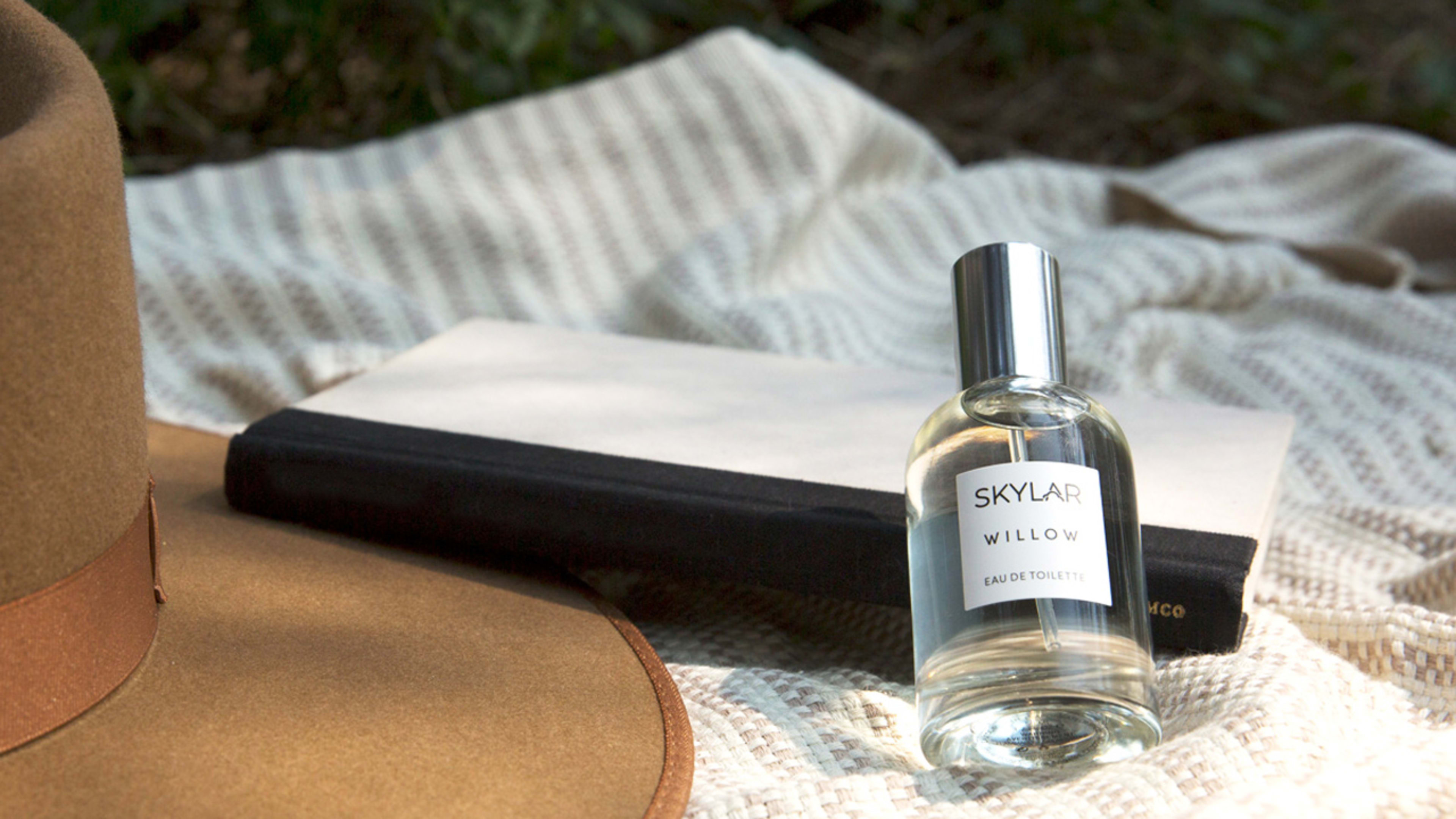Last year, 31-year-old Baptiste Bouygues left his career working for luxury fashion labels to join forces with his mother, Marie-Lise Jonak, to create a line of perfumes called Ormaie based in Paris and made entirely from sustainably-sourced, natural ingredients. As they began their journey, it became clear to them that they would not only have to develop expertise as perfumers, but also as bottle-makers. Beautifully crafted bottles have always been a key part of the customer’s experience with perfume, but in the digital age, where people would discover their products online, the vessel has acquired new importance.
“As a child, I remember how much my mother loved the bottle of Chanel No. 5,” Bouygues says. “Now, more than ever, making perfume is just as much about creating a physical object as it is about olfactory alchemy.”
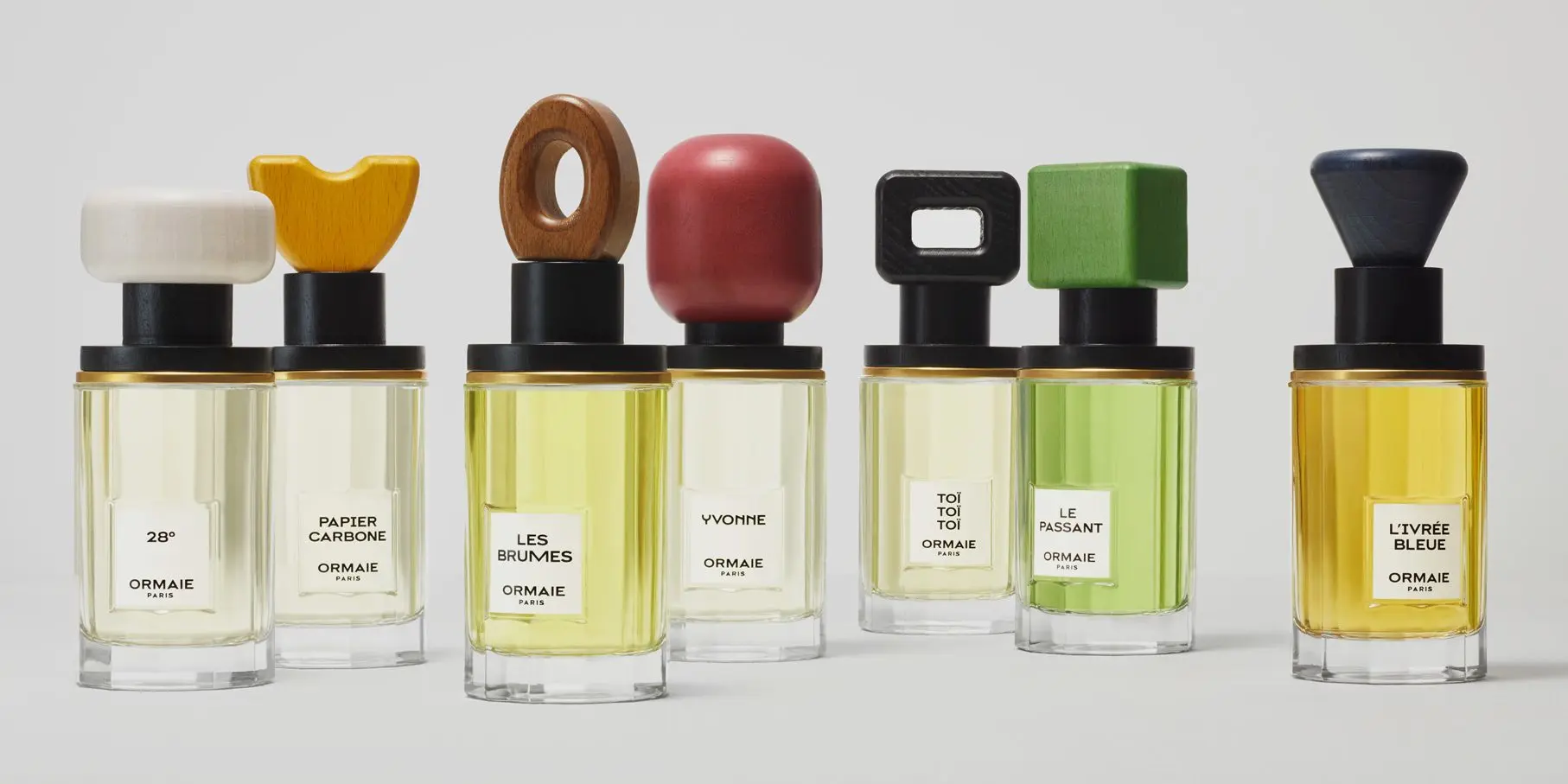
The Bottle Matchmaker
As he built Ormaie, Bouygues took inspiration from the brands that he had previously worked for, like Louis Vuitton and Givenchy. The key to luxury, he believed, was investing in craftsmanship. This applied to the ingredients, which are sourced from small, family-owned farms, but it also applied to the bottles. “You’re trying to tell a story with the bottle,” says Bouygues. “Even if the customer cannot fully articulate what they are seeing, they get a sense of your values as a brand.”
[Photos: Ormaie]
While the perfumes, which cost $270, would be sold at luxury retailers like Barney’s in New York and Galeries Lafayette in Paris, the customer’s first experience with the brand would likely come through Instagram, the brand’s own website, or images in online articles. As a result, Bouygues spent an inordinate amount of time designing each of the individual bottle-toppers, which involved finding a way to communicate the complex fragrance in a physical form. He saw the task as being something of a matchmaker: He believed that certain people would be attracted to particular bottles and those same people would favor the scent within.
As Bouygues started the design process with his creative director, Jade Lombard, they began discussing their artistic influences. Both were inspired by 21st century designers, from Brancusi to Jean-Paul Gaude. “In the design, we wanted something elegant, unique, and organic: Something that lived,” he recalls. “And we did not want any plastic.” The final bottle they developed is made from recycled glass that is cut in a 12-sided polygon, and each scent has its own topper, which is hand-carved from Beech wood. “The veins in the wood make every cap different, along with variations in color,” he explains. “Beech is quite dense with beautiful veins, so it was an appropriate choice for us.”
Even the labels are hand-crafted. Lombard and Bouygues developed unique typography for each label: Rather than creating a standard font, the pair decided to allow slight variations in the letters, although you would need a very good eye to spot them (the “N” in the label for the Yvonne scent is different from the one in the Papier Carbone scent, for instance). The labels themselves are hot-stamped on Italian paper in old Heidelberg machines in a little print shop in the chic Marais neighborhood in Paris. Then they are each cut on plaques of 16 and placed by hand on every bottle. “The advantage of these old machines is the precision with which they come and hit the paper,” says Bouygues. “The contrast between the whiteness of the paper and the black letters is stronger.”
The bottle’s design, in other words, speaks to the hand-crafted perfume inside—even the bottle toppers tell a story. Take the perfume called 28°, which is full of bright, citrusy notes like lemon, mandarin, and bergamot, with warmer notes like vanilla and sandalwood lingering beneath the surface. Bouygues describes it as a “solar” scent, and he designed a white disk as the topper, to represent the sun. While all the scents in the collection are unisex, the one called Yvonne is the most feminine, consisting of rose, jasmine, and peach. The topper is a deep red cylinder. In some cases, the perfumes have personal significance: In Bouygues’s mind, the most masculine fragrance is steeped in lavender because it reminds him of his father, who often wore lavender perfume (a common men’s scent in France). He calls the scent Le Passant, which means “the one who passes by,” because his father was frequently traveling when he was young. The topper is a green rectangle, and the liquid within is also green, which comes from the pigment of the lavender stalks.
My personal favorite of the lot is L’Ivree Bleue, which is full of musky scents, like rum, vanilla, and cacao. The topper is a simple, dark blue triangular shape. And as Bouygues hopes, I love the bottle as much as I love the fragrance. He acknowledges that part of this might be psychosomatic, reflecting something about our psychology. Much like with romance, falling in love with someone’s physical appearance can make us more likely to appreciate their inner qualities, and vice versa. “From the start, I have only encountered two people who loved the fragrance, but not the bottle,” says Bouygues. “It’s the exception that proves the rule.”
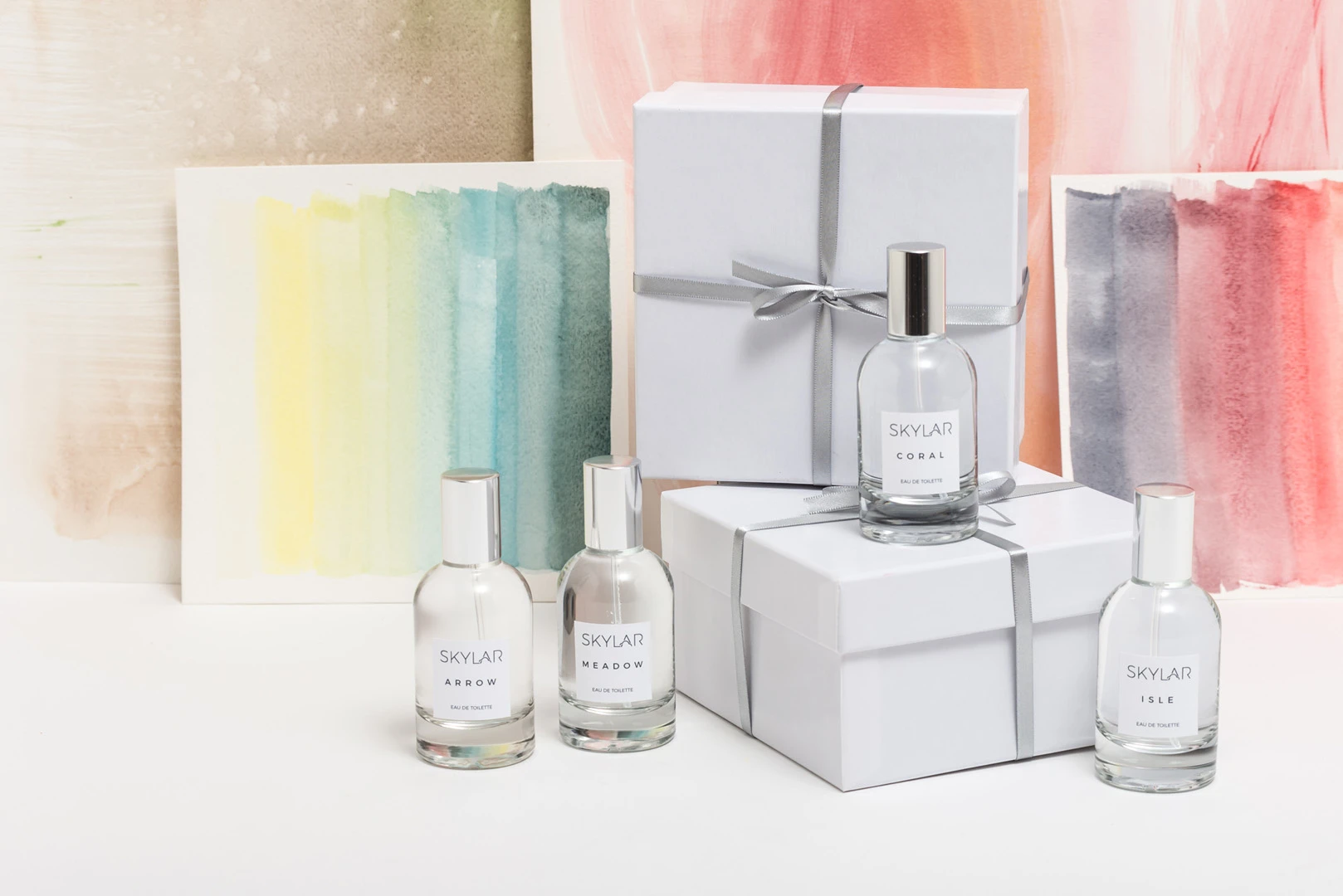
What Matters Is Within
Over the last few years, several perfume brands have launched entirely online, including Skylar, Phlur, and Glossier. “It seemed like a crazy idea,” says Cat Chen, who founded Skylar two years ago after serving as the COO of The Honest Company. “It seemed so unintuitive to sell fragrance—which is so much about sensory experiences—online, where people could not actually smell them.”
But Chen points out that the old-school approach to selling fragrance wasn’t particularly thrilling either. In the past, you might visit a beauty retailer like Ulta or a department store like Nordstrom, where you would be confronted with dozens of scents, all competing for your attention. As shop assistants sprayed fragrances on your wrist, or on little pieces of paper, you could quickly spiral into sensory overload. Chen thought it would be easier for the customer to sample fragrances at home, where they could wear them one at a time. From the very start, Skylar would send customers a box of all six of the fragrances for $20, the cost of which would be applied to the price of their first full-sized bottle, which costs $78.

Chen took a completely different approach than Bouygues when it came bottle design. While Bouygues wanted to communicate a lot about scent through each bottle’s design, Chen wanted her bottles to be as simple as possible to let the customer make up their own minds in the privacy of their own home. As a result, she launched with six identical clear glass bottles with silver caps. The liquid inside is transparent, like water, and the only way to identify the scent is through the clear white label. (This has since changed slightly, but more on that soon.)
But even so, Chen believes she was communicating through the bottles. Her point was that what really stood out about Skylar was what was on the inside of the bottles—or, perhaps what wasn’t, since the brand refuses to use ingredients from two dozen categories of chemicals that are either questionable or known to cause harm including parabens, phthalates, and synthetic dyes. “When we were considering the packaging, we went through many iconic bottles that have very bold, flashy bottles,” she says. “We wanted to take the opposite approach.”
So how does Skylar communicate to the customer what each scent smells like? Its website and Instagram feel is full of watercolor art designed to evoke each of the six scents. Skylar’s conceit is that each fragrance reflects some facet of the sky. Arrow, for instance, is warm and spicy, with notes of vanilla, tonka bean, and neroli. It has a palette of dark blues and purples that are evocative of the midnight sky. In contrast, Capri is full of citrus notes like grapefruit and blood orange. Its palette consists of bright yellow and orange, before giving way to blue, the way the sky looks when the sun is high in the sky. Scanning the website, you can begin to guess what each fragrance might smell like. Based on the imagery, I believed I might like Arrow. (Indeed, the dark palette is actually reminiscent of my favorite Ormaie scent, L’Ivree Bleue, and the notes within are similar too.) And when I received a sample of the scent, it turned out to be a favorite of mine.
Over the last two years, Chen has discovered that customers actually do want some sort of marker on the bottle to visually distinguish between scents. Skylar is now encouraging customers to layer fragrances together, allowing them to create their own alchemy at home. Since the first iteration of the bottles were identical, customers sometimes picked up the wrong bottle from their vanity. Just last week, Skylar has slightly modified its bottles by presenting a small brushstroke of color on each label. It’s a minor update that allows the brand to retain its minimalist aesthetic.
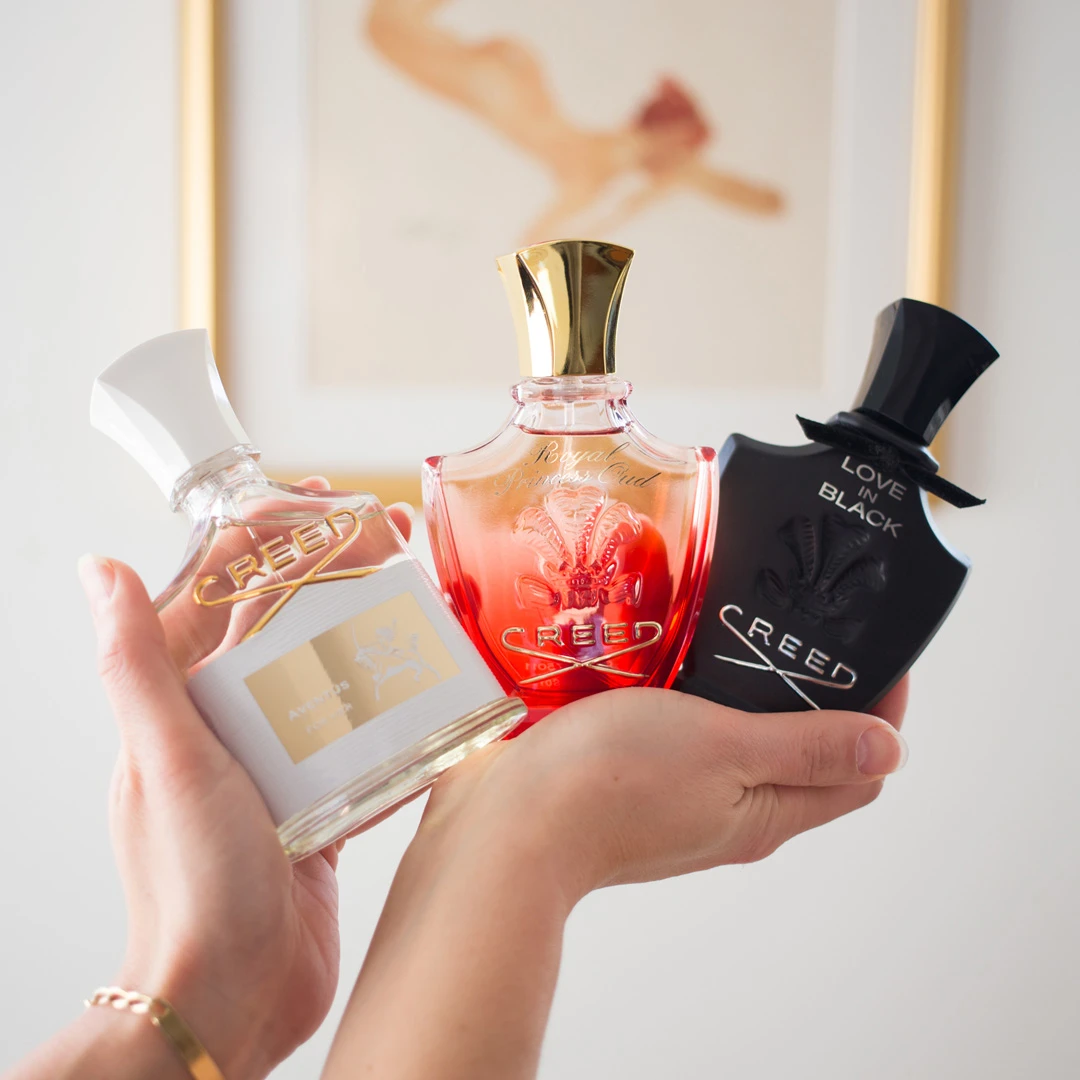
A Heritage Brand Makes A Statement
One of the most highly coveted fragrance brands on the market right now comes from a brand whose history goes back 300 years. French perfumer House of Creed was believed to have been founded by British tailor James Henry Creed in 1760. As a tailor, Creed is said to have created outfits for Queen Victoria and Count d’Orsay; Empress Eugenie even issued the company a Royal Warrant (a seal given to tradespeople who officially supply goods or services to the royal court). But in more recent history, the brand began commercially developing scents in the 1970s, which eventually broke into the mainstream in the ’80s.
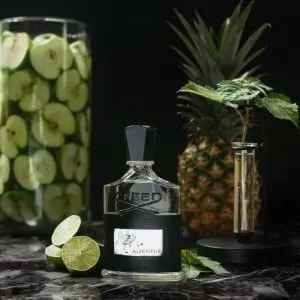
House of Creed is sold at premium department stores like Neiman Marcus, Holt Renfrew, and Harrods, but Emmanuel Saujet, the CEO International Cosmetics and Perfume, the brand’s distributor in the United States, says that social media has had a tremendous impact on the brand’s success over the last few years, suggesting that many of the brand’s new customers first encounter the bottle on social media. The brand also sells its products through its direct-to-consumer website, and Saujet says that many first-time purchasers in the United States buy online. Between March 2018 and March 2019, for instance, the House of Creed Instagram community grew by 63% to hit 159,000 followers, even though Saujet says the brand does not pay influencers to advertise the products. “Our community online is the reason the brand continues to be a cult product,” he says.
House of Creed bottles are easy to spot. When Olivier Creed took over the business in the ’70s, he asked Pochet de Courval, a French glassmaker, to design the different bottles in the line based on his detailed description of the scents they would contain. Pochet de Courval still makes the bottles today, and they feel like they are from a different era. Shaped a little like a whiskey flask, with the bold letters of the Creed logo emblazoned on the front, the bottles feature the brand’s crest depicting a knight on horseback. This is not a play for minimalism or modern design: The bottle is meant to look historical, like it may have been plucked off the vanity of a 18th century British aristocrat.
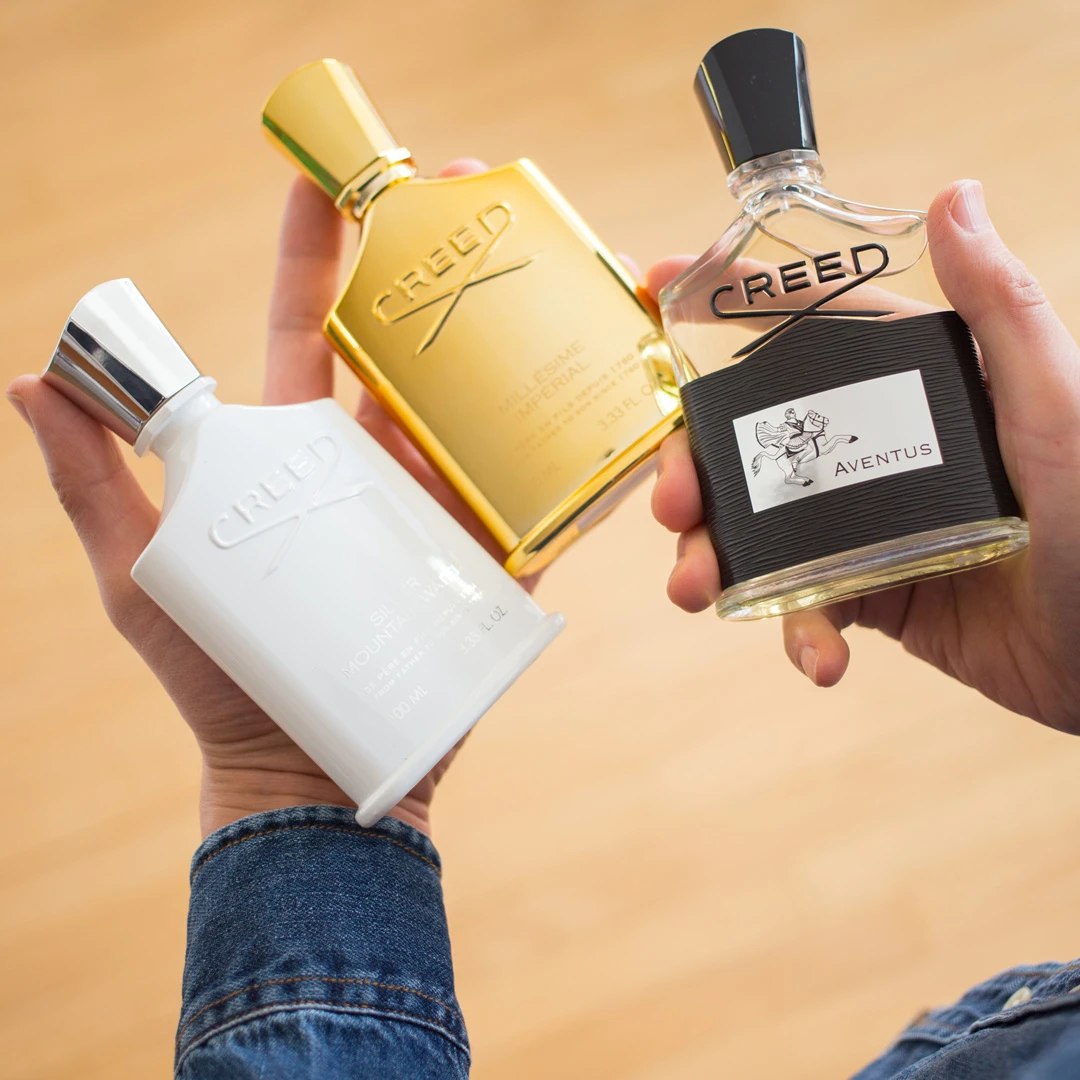
Within this aesthetic, there are minor variations to signal differences in scent, Saujet says. The women’s bottles have delicate drop shoulders, that contrast with the broader, statelier style of the men’s or unisex bottles. And then there’s Les Royales Exclusives, a special collection designed for important anniversaries, like births, engagements, and graduations. These scents can cost nearly a thousand dollars for a large bottle, which are accented with touches of 10 karat gold. Another collection is the Acqua Originale, which is meant to be a kind of journal that reflects Olivier Creed’s own travels around the world. “The bottle is shaped like the wings of a transient bird,” Saujet explains.
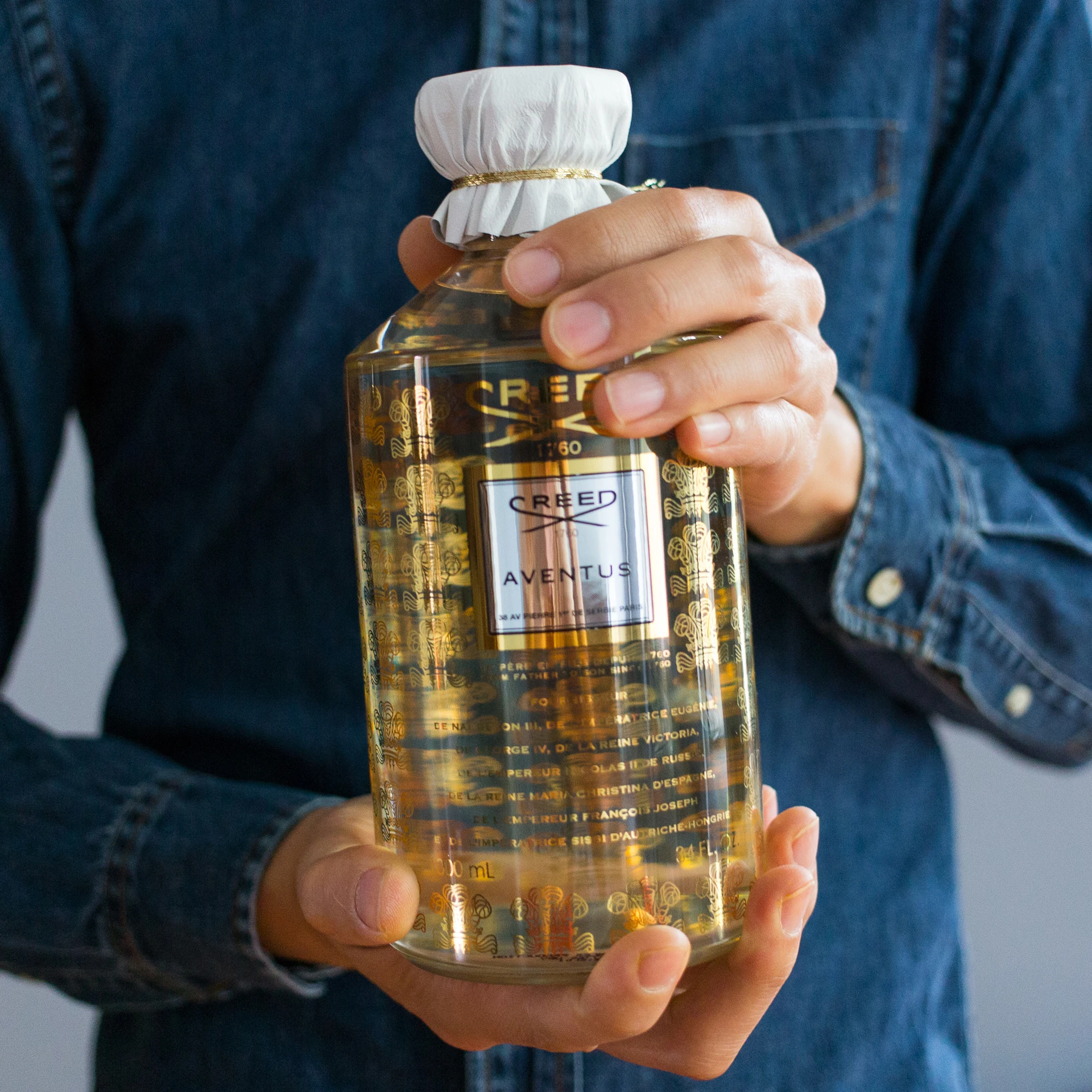
Designing a perfume bottle has everything to do with human psychology. A thoughtfully crafted vessel tells a story, and a consumer that is attracted to its shape is more inclined to appreciate the scent of the liquid within it when they eventually catch a whiff of it.
In this way, it’s an art that is perfectly suited for the age of the internet, where some consumers will decide to buy a fragrance entirely based on its packaging. And remarkably, this matchmaking often works. When I first saw the new gender-neutral Aventus bottle, for instance, I was immediately taken in. It has the iconic House of Creed shape and crest on the topper, but rather than the stark black label on the men’s cologne, this one has a gray label that makes it look lighter and more delicate. When I sprayed it on my wrist, I thought I could smell a fascinating combination of musks and florals.
Was I more inclined to fall in love with the scent because I liked the look of the bottle? Who can tell.
Recognize your brand's excellence by applying to this year's Brands That Matters Awards before the early-rate deadline, May 3.
